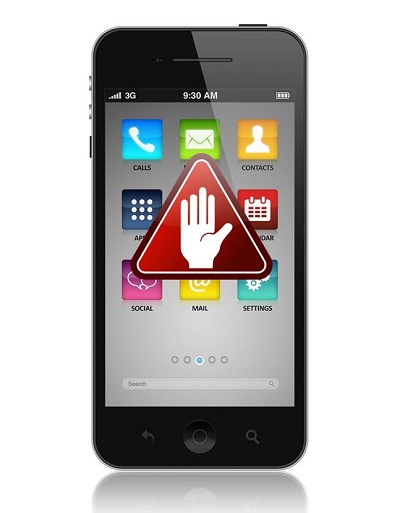Those advertisements that have become a nuisance to the mobile web may be vital to its existence.
Among the frustrations that are the most common about the mobile web are the ads and automatically playing videos that cause us to have to wait excessive amounts of time for a page to load, but the ad blockers that have been providing relief from that experience may now be threatening the existence of some websites.
The reason is that many free sites depend on the display of advertising for their livelihood, to make them worthwhile.
iPhones and iPads now have the opportunity to be able to use apps that function as ad blockers and millions of mobile device users have chosen to download and install those applications to speed up their experience on the mobile web while avoiding annoying accidental ad clicks. At the same time, websites and publishers often depend heavily on advertising revenue in order to make their very existence worthwhile, as the ads pay for the amount of time that is put into maintaining them.
This has some sites watching the rise of ad blockers with bitten-down nails as their primary income is threatened.
 Advertising revenue is vital to companies ranging from tiny to giant such as Google, The New York Times, and Hulu. While panic has yet to set in for the majority of websites, they certainly have their eye on this trend and some websites are already working hard to be able to reduce any annoyance that their ads may be causing so that their regular users won’t be driven to ad blocking altogether.
Advertising revenue is vital to companies ranging from tiny to giant such as Google, The New York Times, and Hulu. While panic has yet to set in for the majority of websites, they certainly have their eye on this trend and some websites are already working hard to be able to reduce any annoyance that their ads may be causing so that their regular users won’t be driven to ad blocking altogether.
According to the Harvard University director of the Nieman Journalism Lab, Joshua Benton, “It is possible to be too alarmist about ad blockers, but it’s a very real phenomenon.” It all depends on the proportion of mobile device users who opt to install these apps. He explained that there will be a very big difference between having 5 percent or 80 percent of iPhone users installing these mobile apps.
He cautioned that if advertising practices become too annoying, it could lead consumers to take action through ad blockers in order to make them disappear, going the way of the pop-up window (a technique that is automatically blocked by many browsers due to user frustration).

 People simply don’t know which ads are collecting their information nor what specific data is being taken and tracked. Because of the mystery behind this data collection, many mobile device users are deciding to simply block the advertisements in a “better safe than sorry” strategy.
People simply don’t know which ads are collecting their information nor what specific data is being taken and tracked. Because of the mystery behind this data collection, many mobile device users are deciding to simply block the advertisements in a “better safe than sorry” strategy.